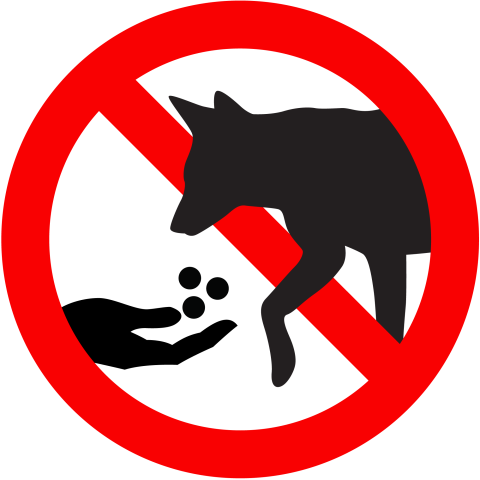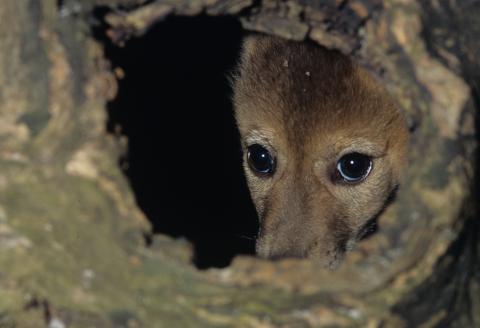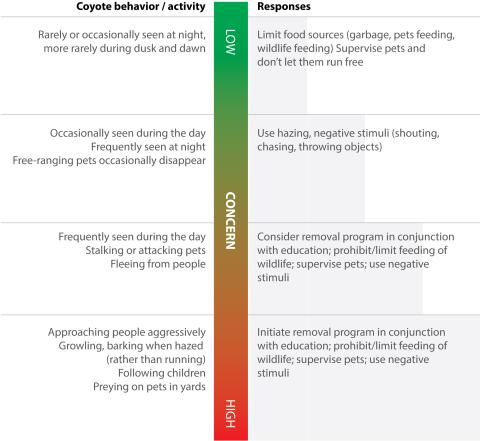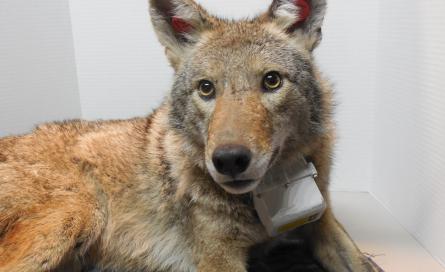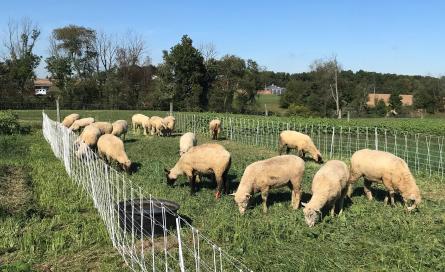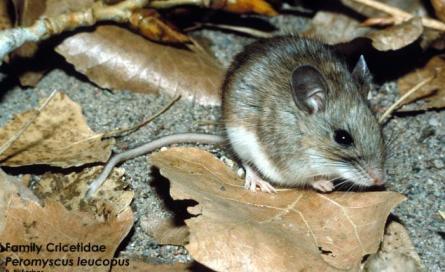Coyote attacks on humans are very rare and generally could have been avoided with behavioral changes by people. Removing sources of food, such as garbage and outdoor pet food, and employing "hazing" tactics can keep coyotes wary of approaching humans. This protects both people and wildlife.
As described by the Urban Coyote Research Project.
Six Steps to Avoiding Conflict with Coyotes:
1) Do Not Feed Coyotes.
In the majority of cases of coyote attacks, there was some reason that the coyote lost its fear of humans and started coming too close. Often this is due to wildlife feeding. People may directly feed wildlife because they enjoy seeing animals, or they may think that they are helping animals by providing food. This is always misguided and does much more harm than good. Wild animals are very good at finding their own food and we should leave them in their natural state as much as possible. Predators, especially, should be allowed to maintain a healthy fear of humans to keep animals and people safe.
Indirect feeding of coyotes can occur when people feed other animals, such as outdoor pets. Bird feeders often attract many animals, especially squirrels, which are a popular prey item for coyotes. If you are noticing an increase in the number of coyotes near your home, or they are coming very close to your home, consider removing feeders for a while so that you are not accidentally attracting coyotes to your doorstep.
Make sure garbage and compost are properly stored in bins so that wildlife do not have access to these as food sources, and they will not learn to frequent your yard looking for these.
2) Do Not Let Pets Run Loose.
Outdoor pets, or pets allowed to run off-leash, are at risk. Coyotes live all across Ohio, in both rural and very urban areas, so they are likely nearby even if you do not see them. Coyotes are smart and curious, and free-ranging pets and their food may attract unwanted attention. See our page on how to protect pets from coyotes for more information.
3) Do Not Run From Coyotes.
Coyotes are naturally wary of humans and will generally prefer to go unnoticed by people. If coyotes have been fed or otherwise encouraged to approach people, it will still likely retreat if you yell, wave your arms, or toss something in its direction. Running away from a coyote may trigger an instinctual response that encourages the animal to give chase when it would otherwise not do so. Change course to walk away from the animal or back away slowly until it goes away.
If you come upon a coyote that is not deterred by your shouting and waving, it may be defending a den with pups. They generally have pups in April and pups will start to leave the den in May-June. Be especially wary of defensive coyotes during this period and, if a coyote is intent on defending an area, consider changing your path to avoid it.
4) Repellents and Fencing
Fencing your yard or a small area may keep coyotes away, but this should not be considered "safe" from coyotes. They are very smart and if something attractive, like pet food or garbage/compost, is detected within the fence, they can figure out how to get in. Fences at least six foot tall with a roll bar along the top are considered more effective against coyotes, but the fence should be regularly checked for areas where they might be digging underneath.
Motion-activated lights or sounds may serve as repellents, but generally this only works for a short time until the coyote becomes habituated to it. These and other audio/visual deterrents are best used if you want to repel coyotes during a specific, short period of time (i.e. when your chickens have chicks). No coyote deterrent is guaranteed.
5) Do Not Create Conflict
Just seeing a coyote is not necessarily cause for alarm. They can be active at all times of the day and night, so seeing one during the day doesn't mean it is rabid or aggressive. If the coyote is behaving normally, acting wary of humans, and not causing problems, it should be left alone. Trying to initiate hazing or aggressive behavior toward the coyote is not necessary in this case. Enjoy the wildlife observation opportunity.
Current research suggests that one of the best ways to reduce conflict with coyotes is to leave naturally-behaving, wary coyotes where they are. Coyotes are territorial and an established pair will prevent newcomers from spending time in the area. If the coyote you see is not showing aggressive behaviors, it is best to let it maintain a territory that excludes potentially problematic coyotes from coming in.
6) Report Aggressive Coyotes
Though attacks are rare, a coyote that has lost its fear of humans can pose a threat to people. Aggressive signs are similar to those shown by domestic dogs, such as snarling, raised hackles, lunging, and growling. Daytime activity, making eye contact, or escorting (following slowly and at a distance) are not aggressive acts on their own. If a coyote displays overt aggression, it should be reported to the proper authorities, such as your municipal animal control or police department. You can also call Ohio Division of Wildlife for more information. These authorities will have protocols for dealing with such animals. The figure below describes some specific behaviors that may be classified as more or less aggressive and the response that should be taken in each scenario.
If there is no immediate threat to human safety, removal of a coyote is not advised and should never be undertaken without proper permits and experience.

